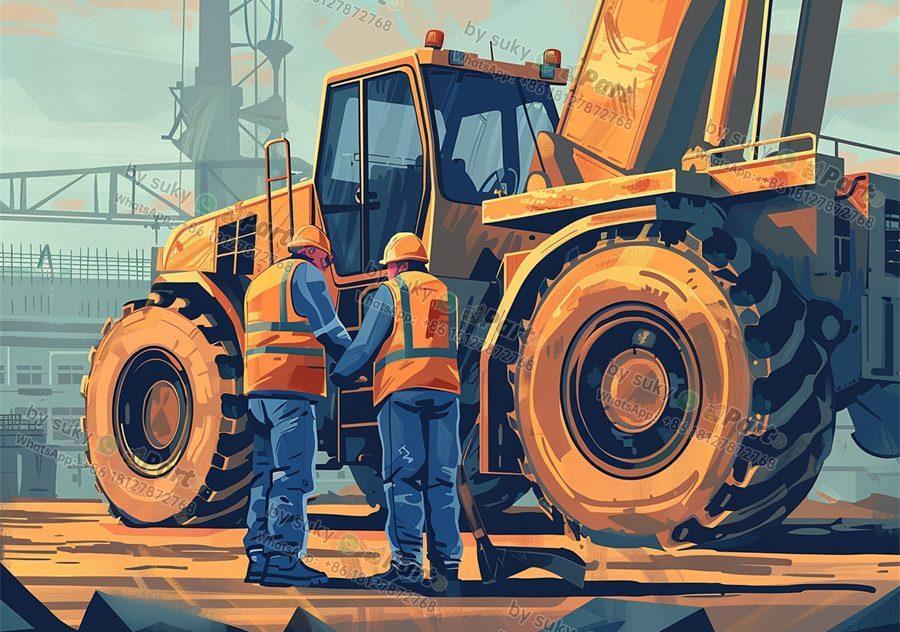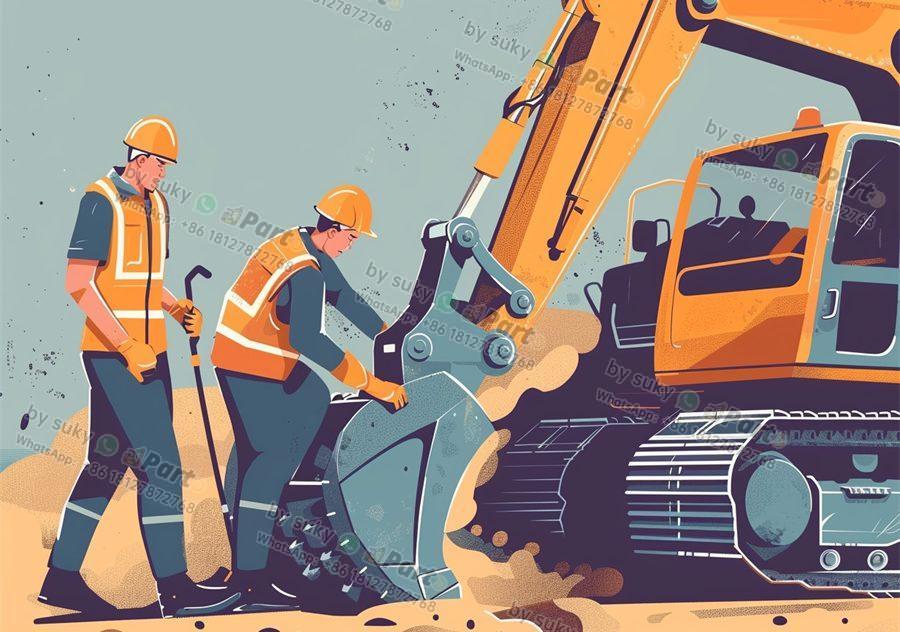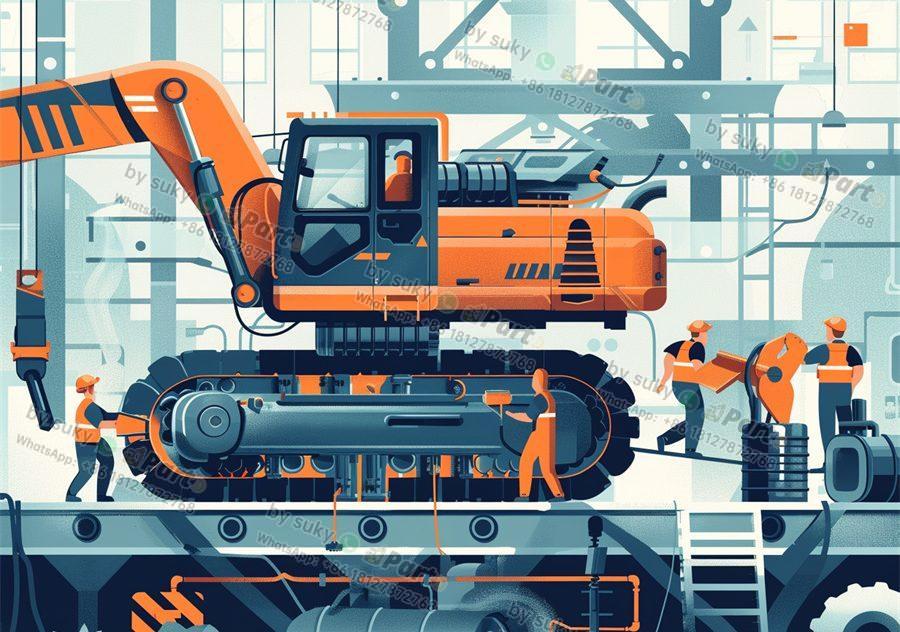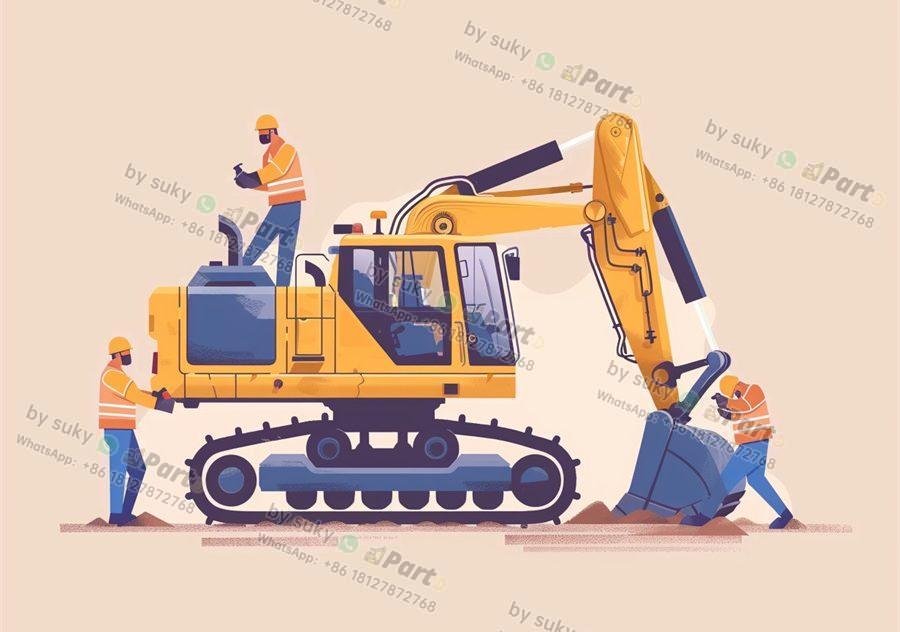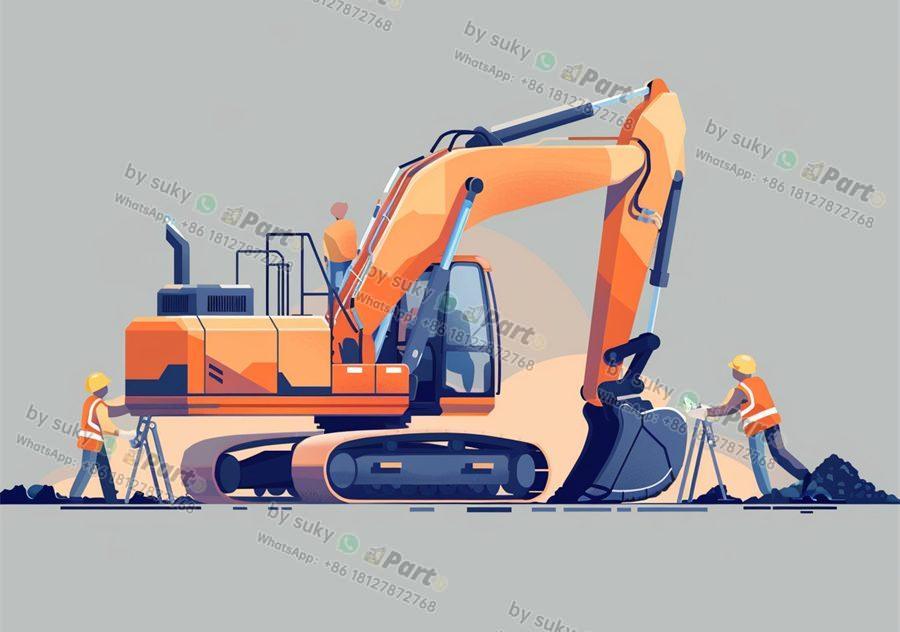If you are in the business of importing or distributing Yanmar excavator engine parts, you know the importance of sourcing high-quality components to keep your customers’ equipment running smoothly. Yanmar is a well-known and trusted brand in the construction industry, and their excavator engines are known for their durability and reliability. In this article, we will explore the benefits of using genuine Yanmar parts, as well as how to find a reliable supplier for your business.
Why Choose Genuine Yanmar Excavator Engine Parts
When it comes to maintaining and repairing Yanmar excavator engines, using genuine parts is crucial. Genuine Yanmar parts are specifically designed and manufactured to work seamlessly with Yanmar engines, ensuring optimal performance and longevity. These parts are made with the highest quality materials and undergo rigorous testing to meet Yanmar’s strict standards. By using genuine Yanmar parts, you can be confident that your customers’ equipment will function properly and efficiently.
The Risks of Using Non-Genuine Parts
While non-genuine parts may be cheaper initially, they can end up costing more in the long run. Non-genuine parts are not held to the same standards as genuine Yanmar parts, which can lead to compatibility issues, increased wear and tear on the engine, and even total engine failure. In addition, using non-genuine parts can void warranties and put your customers’ equipment at risk. To protect your reputation and provide the best service to your customers, it is always best to stick with genuine Yanmar parts.
How to Find a Reliable Supplier for Yanmar Excavator Engine Parts
When it comes to sourcing Yanmar excavator engine parts, it is essential to find a reliable supplier that you can trust. Look for a supplier that specializes in Yanmar parts and has a good reputation in the industry. Make sure they offer genuine parts that come directly from Yanmar or authorized distributors. Additionally, consider factors such as pricing, availability, and customer service when choosing a supplier. By partnering with a reputable supplier, you can ensure that you are providing your customers with the best possible parts for their Yanmar excavator engines.
In conclusion, sourcing genuine Yanmar excavator engine parts is essential for maintaining the performance and reliability of your customers’ equipment. By choosing genuine parts and partnering with a reliable supplier, you can provide top-quality service to your customers and build a reputation as a trusted provider of Yanmar parts. Remember, when it comes to Yanmar excavator engine parts, quality matters.



